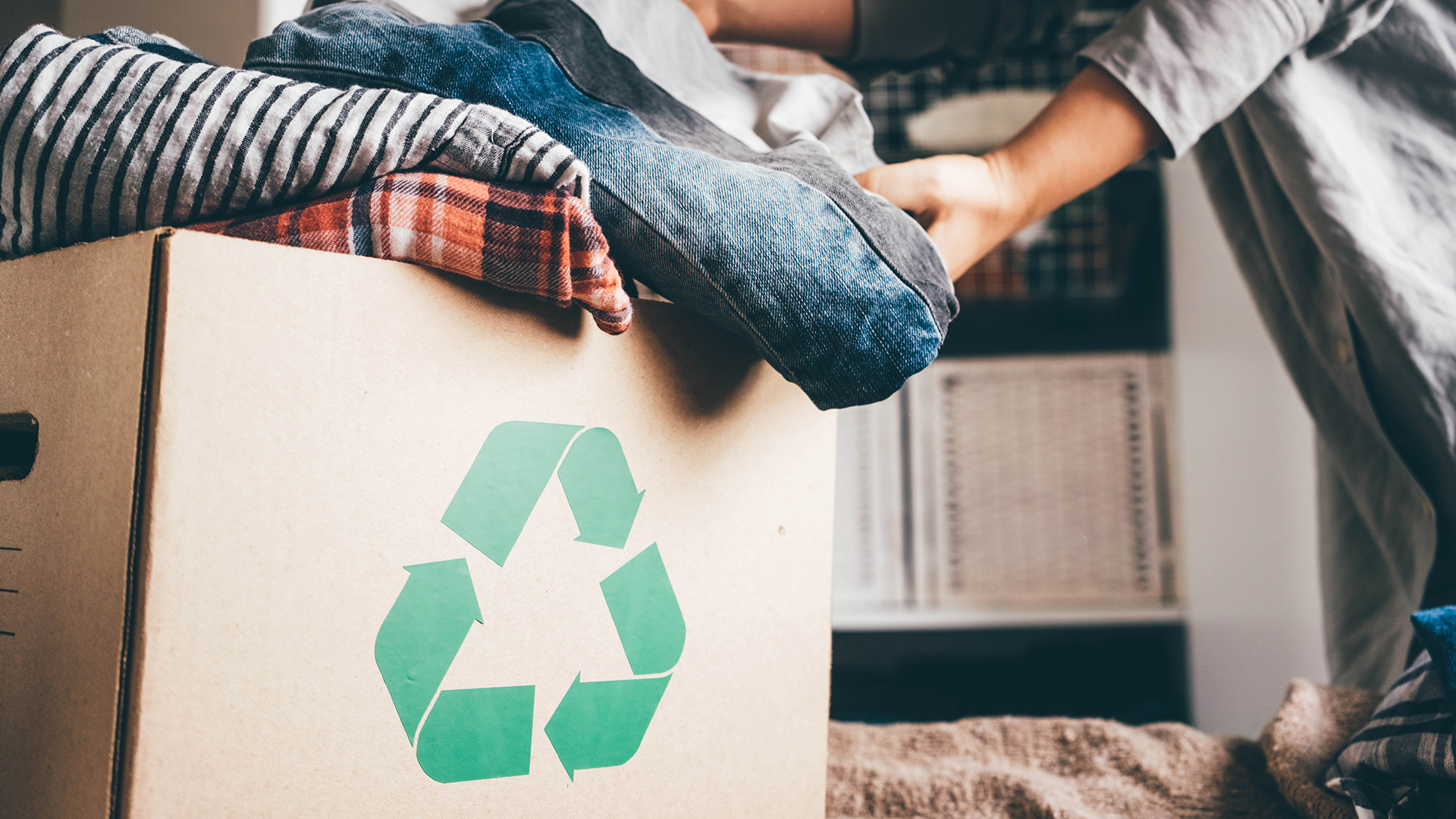It is worth mentioning in this context the report ‘Closed loop economy – What does the consumer say about it’, published by the Institute of Innovation and Responsible Development in November 2021. The research conducted as part of the report shows that declarations of readiness in terms of sustainable consumption do not always coincide with reality. This is because not all of us are able to take action to protect the environment, which inevitably involves a significant change in lifestyle. On the one hand, we declare the need to throw unwanted clothes into the second-hand clothes bin, while on the other hand, it turns out that nearly 40 per cent of those surveyed have thrown unwanted clothes into the rubbish bin in the last two years. We want products to serve us for as long as possible, but the way we use them, including proper maintenance and care, leaves much to be desired. A barrier to ecological behaviour is often a lack of knowledge about how to live ecologically. For these reasons, education and information campaigns are so important in building environmentally conscious consumer behaviour.
There is growing concern about reports from the scientific world about the scale of environmental pollution, including air, ocean and sea pollution, or climate change. The latest report from the Intergovernmental Panel on Climate Change (IPCC) confirms that the world is already struggling with the effects of a warming climate. The authors of the report leave no doubt that human activity is the source of the growing greenhouse effect. Its effects in the form of floods, droughts and hurricanes are increasingly hitting human wellbeing and the planet’s ecosystems.
In ‘fixing the world’, it is not only well-thought-out business strategies that take into account appropriate supply chains, moving towards low-carbon or closed-loop, but also many other actions that are important. One of the 17 sustainable development goals outlined in Agenda 2030 is responsible production and consumption. So there should be a change in our habits in this area too.
On the one hand, thoughtful shopping is important, and on the other hand, proper care of clothes, including home methods. Proper garment maintenance can reduce the negative impact on the environment. In addition, it will allow real savings in the household budget.
With environmental protection in mind, it is worth remembering that, for example, the washing process is water- and energy-intensive, results in water pollution with detergents that may contain harmful substances or the release of microfibres from fabrics. Man pollutes water faster than nature can clean it. Therefore, in order to reduce the negative impact on the environment, it is worth using more environmentally friendly detergents that do not contain strong preservatives, toxic fragrances or water softeners that are harmful to the environment. It is also worth paying attention to the efficiency of laundry products, which translates into an additional reduction in the generation of plastic packaging and, on the other hand, a reduction in the cost of the laundry itself. Even if the saving per unit is small, we can already save a real sum on an annual basis with a little effort. It is very important to do the laundry according to the manufacturer’s instructions on the labels and tags. This labelling is an important source of information for consumers.

Drying and ironing processes in the fashion industry are also energy-intensive, especially if the ironing is done without adjusting the process to temperatures specific to certain fabrics. Consumption of electricity from the combustion of fossil fuels is one of the largest sources of carbon dioxide emissions. Studies show that household consumption of utilities accounted for almost a fifth of the EU’s carbon footprint in 2019. It is well known that the release of large amounts of greenhouse gases into the atmosphere due to human activities is the cause of a warming climate.
A big problem in the clothing and textile industry is generating waste. Available studies show that consumers in Poland use clothes ‘to the end’, i.e. until they are wearable, but this does not mean that they do not generate waste. The problem of textile and clothing waste is a major challenge. The European Environment Agency indicates that consumers in the EU throw away around 5.8 million tonnes of clothes every year, which equates to 11.3 kg of textiles per person per year. Only 1 per cent of used clothing is recycled to make new clothes.
This is why it is so important, on the one hand, to shop smartly and, on the other, to find ways to give clothes a second life. And if you have no idea what to do with your unwanted clothes, simply donate them to selected second-hand clothes shops. The clothes will be reused, and you won’t be contributing to littering the world with textile waste.

